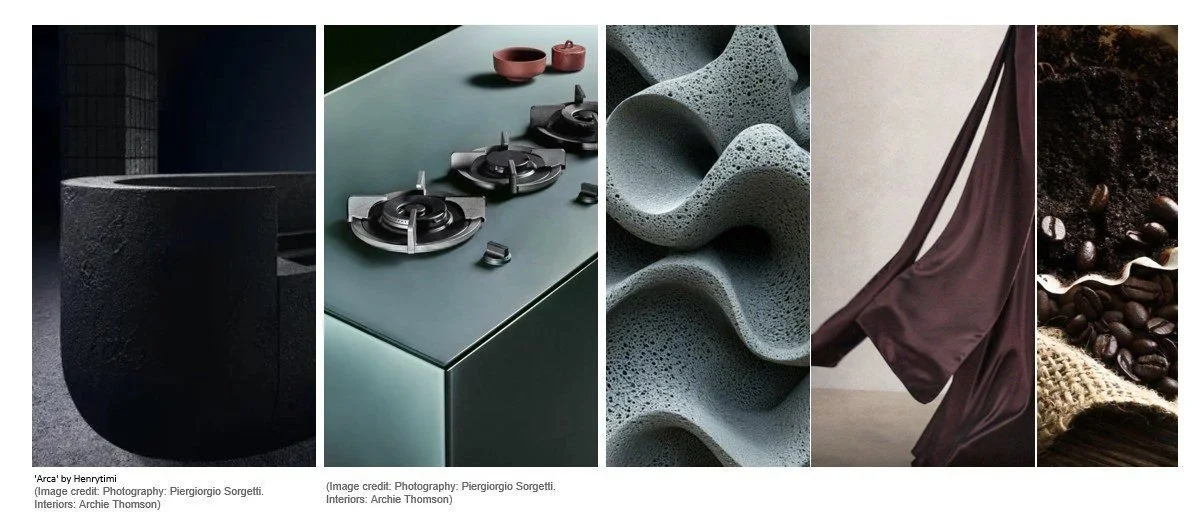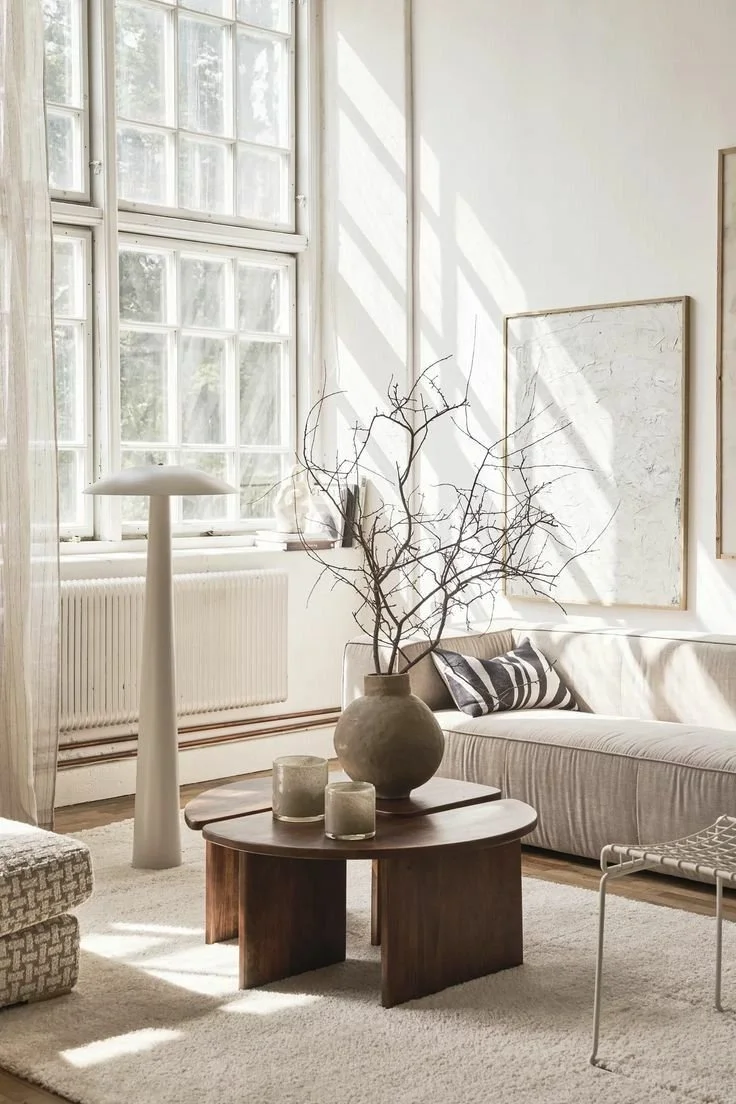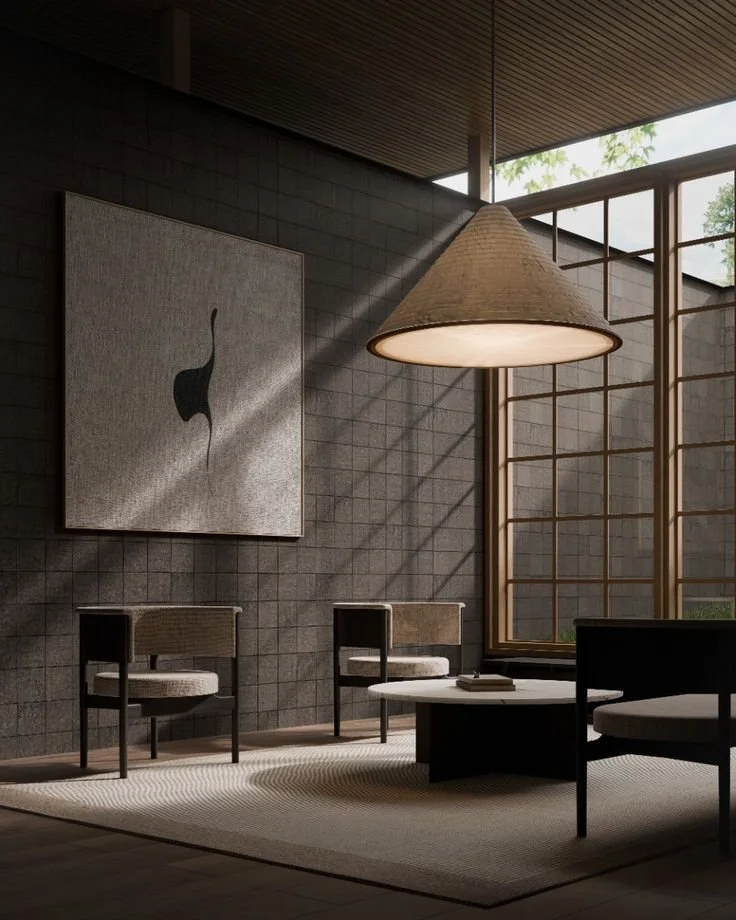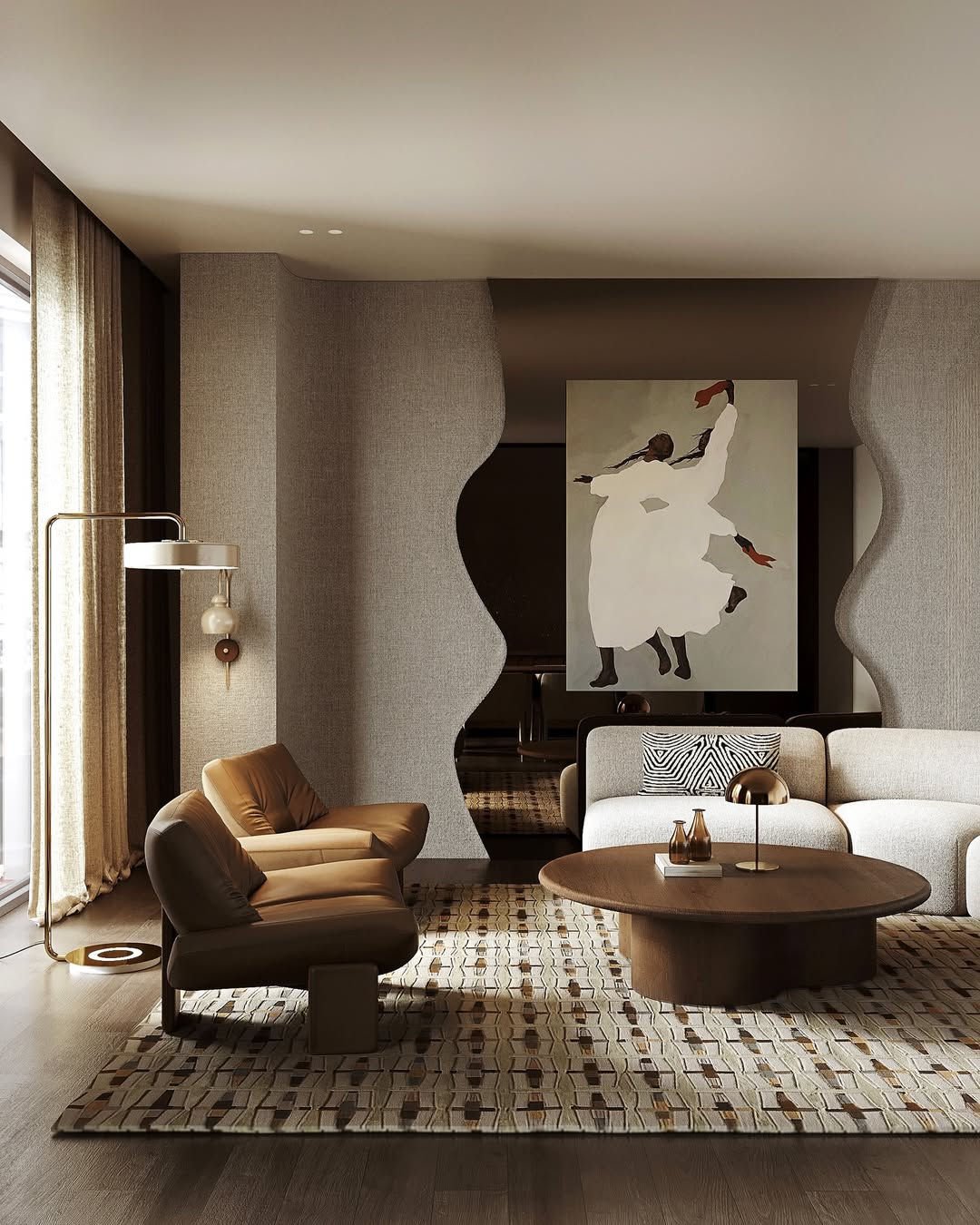Six Interior Design Styles Explained: From Contemporary Calm to Tribal Soul
By Pavlina Campbell:
When we speak about interior design styles, we’re not just categorising aesthetics — we’re mapping emotional landscapes. Each style carries its own rhythm, symbolism, and cultural resonance. Here’s a short guide to six influential styles, with colour directions that bring them into focus.
Contemporary Interior Design
Summary: Contemporary design is fluid, ever‑evolving, and rooted in the present moment. It embraces clean lines, open spaces, and a balance of comfort with sophistication.
Colour Direction: A palette of soft neutrals — warm greys, taupe, and off‑white — punctuated with bold accents like charcoal, deep teal, or terracotta. Metallic finishes (brushed brass, matte black) add a refined edge.
Modern Interior Design style
Summary: Modern design refers to a specific movement of the early‑to‑mid 20th century. Think Bauhaus clarity, functional furniture, and a devotion to form following function.
Colour Direction: Crisp whites, primary colours (red, blue, yellow), and strong contrasts with black. Natural woods (walnut, oak) and chrome or glass surfaces reinforce the mid‑century modernist ethos.
Nordic Interior Design Style
Summary: Nordic style is warm minimalism. It celebrates pale woods, natural textures, and a sense of light that reflects the long winters of Northern Europe.
Colour Direction: Light, airy tones — soft whites, pale greys, and muted pastels. Blonde woods like birch and ash, paired with wool and linen textures, create warmth within restraint.
Scandinavian Interior Design Style
Summary: Often used interchangeably with Nordic, but Scandinavian leans more toward functionality and democratic design. It’s about accessible beauty, practical layouts, and harmony with nature.
Colour Direction: White and light neutrals as a base, layered with natural greens, earthy browns, and occasional pops of cobalt or mustard. Pine and beech woods, paired with ceramics and greenery, keep the palette grounded.
Japanese Interior Design Style
Summary: Rooted in Zen philosophy, Japanese interiors are about balance, restraint, and reverence for natural materials. The concept of ma (negative space) is central.
Colour Direction: Natural, subdued tones — warm beige, soft browns, muted greens, and black accents. Tatami straw, cedar, and stone textures anchor the palette, with occasional red or indigo for symbolic depth.
Tribal Interior Design Style
Summary: Tribal style draws on indigenous patterns, earthy palettes, and handcrafted textures. It’s about storytelling through textiles, carvings, and symbolic motifs.
Colour Direction: Rich earth tones — ochre, burnt orange, deep brown, and clay red — contrasted with bold black and white geometric patterns. Natural fibres, leather, and woven textures reinforce authenticity.






